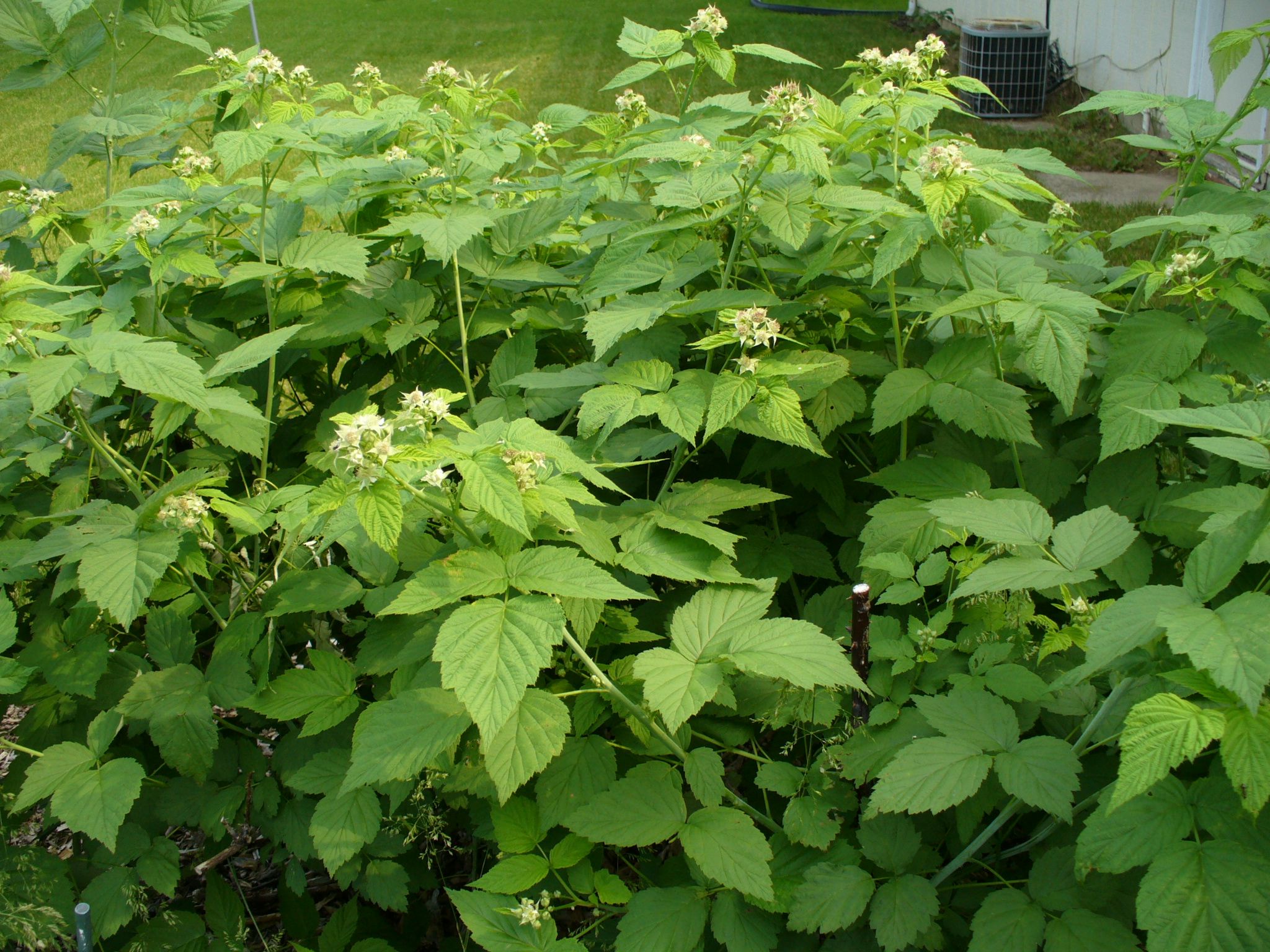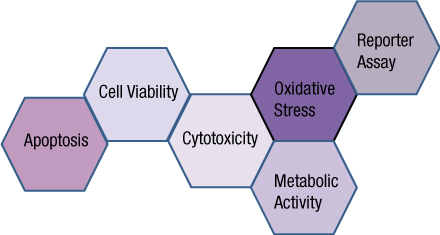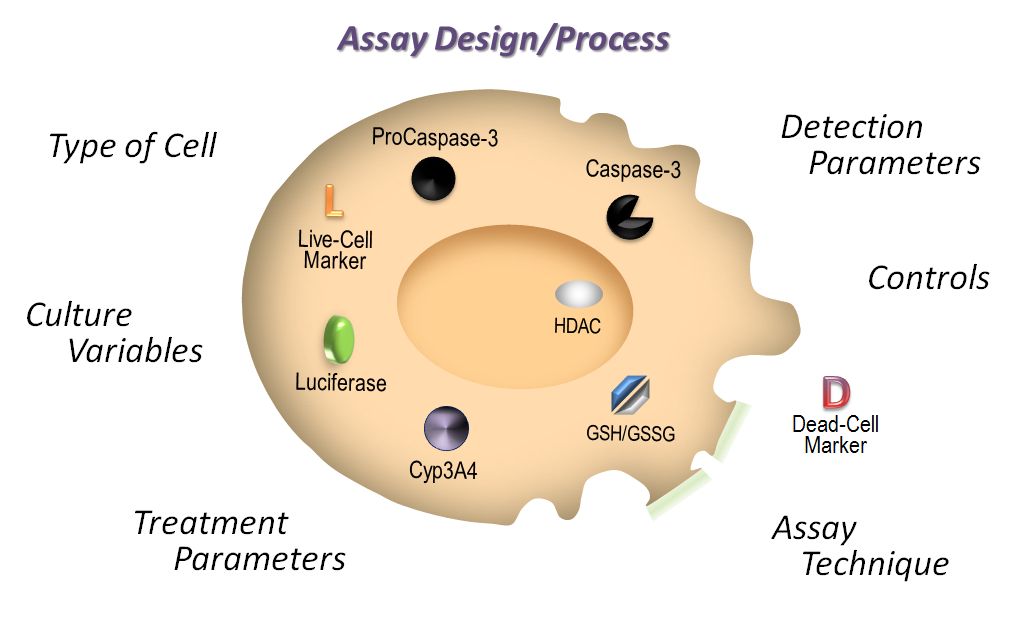As much as I may complain about weeds, one that I enjoy (in moderation and not among my vegetables) is dandelions. The bright yellow flowers herald spring, and the seed puffballs, while not as visually interesting, offer entertainment as I watch birds landing on the shaft, bending it and eating the seeds. When I am pulling out the taproots with my dandelion weeding tool, I like to leave them on my lawn to break down because the roots are known to draw up nutrients. As it turns out, dandelion root is more than a nutrient source for other plants; it has been used for medicinal purposes. And now Ovadje, Hamm and Pandey have published research showing that dandelion root extract is able to induce apoptosis of leukemia cell lines while leaving normal blood cells untouched. Continue reading “Could the Next Chemotherapy be Derived from a Weed?”
apoptosis
Considerations for Successful Cell-Based Assays III: Treatment Parameters
Welcome to the third installment of our series on cell-based assays; in this post we talk about treatment parameters for cell-based assays. Designed for the newbie to the world of cell-based assays, we have covered the topics of choosing your cell type and basic cell culture tips in the previous posts. In this post, we will discuss how decisions about test compound treatment: how much and how long can affect assay results and interpretation.
Continue reading “Considerations for Successful Cell-Based Assays III: Treatment Parameters”Black Raspberry Extract May Lead to Tomorrow’s Cancer Preventative
 When deciding which varieties of fruit to cultivate, I chose to plant black raspberries on my small suburban lot. They grow wild in Wisconsin, but fighting through swarms of mosquitos, brush and thorns to pick berries was not my idea of fun. For the last two years, I have received a large crop of juicy black berries that I enjoy eating fresh or process into black raspberry jam to spread on toast. Therefore, I was interested to learn that black raspberries have demonstrated cancer preventative properties in animal models of chemically induced oral and colon cancers as well as cultured oral cancer cells. Due to similarities between oral and cervical cancers, researchers recently tested if the beneficial effects of this berry could extend to human cervical cancer cells. Continue reading “Black Raspberry Extract May Lead to Tomorrow’s Cancer Preventative”
When deciding which varieties of fruit to cultivate, I chose to plant black raspberries on my small suburban lot. They grow wild in Wisconsin, but fighting through swarms of mosquitos, brush and thorns to pick berries was not my idea of fun. For the last two years, I have received a large crop of juicy black berries that I enjoy eating fresh or process into black raspberry jam to spread on toast. Therefore, I was interested to learn that black raspberries have demonstrated cancer preventative properties in animal models of chemically induced oral and colon cancers as well as cultured oral cancer cells. Due to similarities between oral and cervical cancers, researchers recently tested if the beneficial effects of this berry could extend to human cervical cancer cells. Continue reading “Black Raspberry Extract May Lead to Tomorrow’s Cancer Preventative”
Tips for Multiplex Cell-Based Assay Success

Analyzing more than one cellular biomarker (multiplexing) in a single sample is advantageous for a number of reasons. Multiplexing allows researchers to save money and time, while conserving critical samples. In addition, understanding the relationship between cell biomarkers can provide a more complete picture of cell health, leading to improved predictive models for drug discovery. Understanding biomarker relationships can also minimize ambiguity in the data set and validate if a treatment effect is real or an artifact of the system. To avoid repeat experiments and extract the most physiologically relevant data from multiplex cell-based assays, we discuss considerations around assay choices, cell type, cell culture, treatment parameters, detection and appropriate experimental controls.
Continue reading “Tips for Multiplex Cell-Based Assay Success”Describing Life and Death in the Cell
 Life is complicated. So is death. And when the cells in your multiwell plate die after compound treatment, it’s not enough to know that they died. You need to know how they died: apoptosis or necrosis? Or, have you really just reduced viability, rather than induced death? Is the cytotoxicity you see dose-dependent? If you look earlier during drug treatment of your cells, do you see markers of apoptosis? If you wait longer, do you observe necrosis? If you reduce the dosage of your test compound, is it still cytotoxic? Continue reading “Describing Life and Death in the Cell”
Life is complicated. So is death. And when the cells in your multiwell plate die after compound treatment, it’s not enough to know that they died. You need to know how they died: apoptosis or necrosis? Or, have you really just reduced viability, rather than induced death? Is the cytotoxicity you see dose-dependent? If you look earlier during drug treatment of your cells, do you see markers of apoptosis? If you wait longer, do you observe necrosis? If you reduce the dosage of your test compound, is it still cytotoxic? Continue reading “Describing Life and Death in the Cell”

